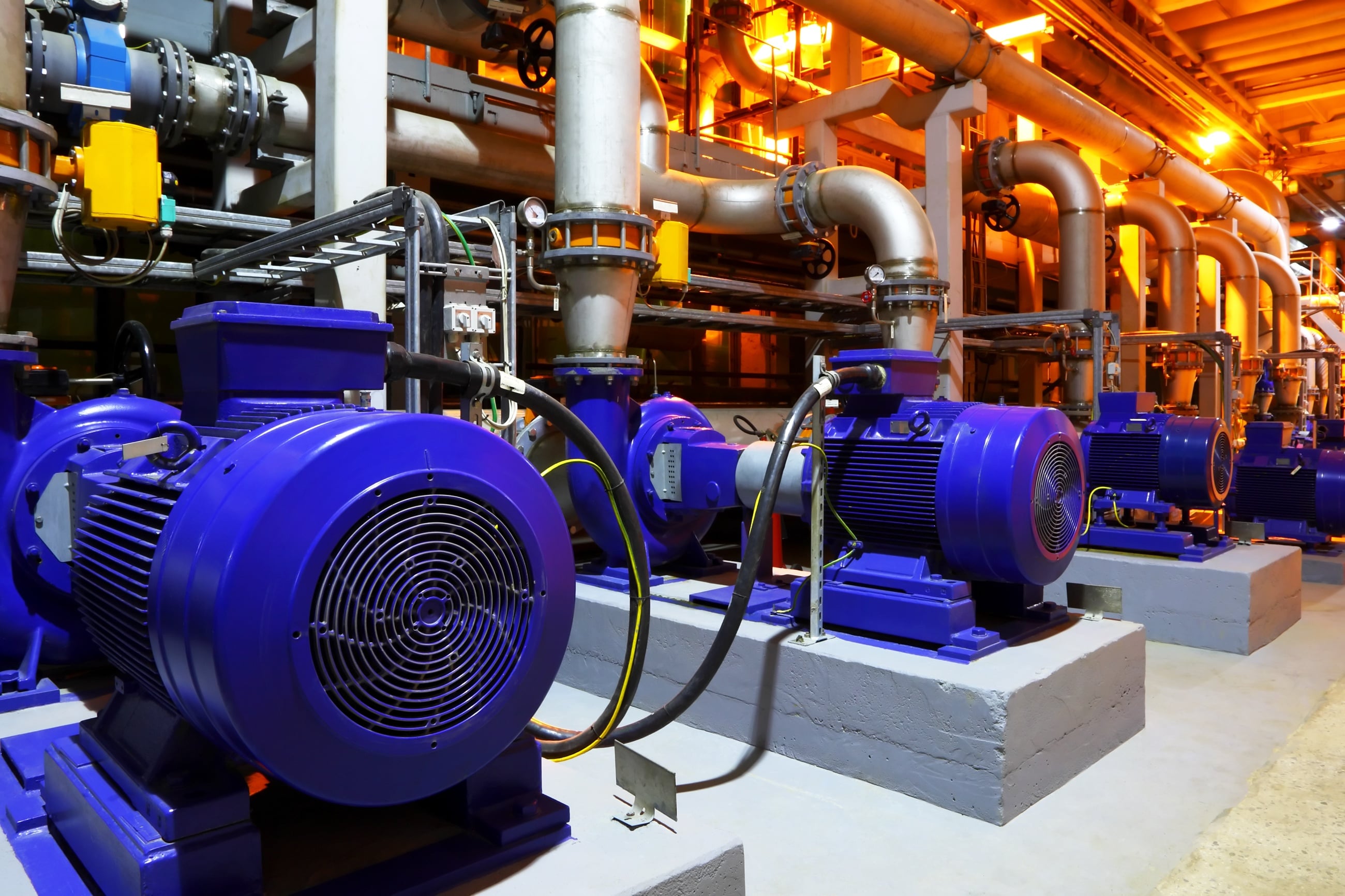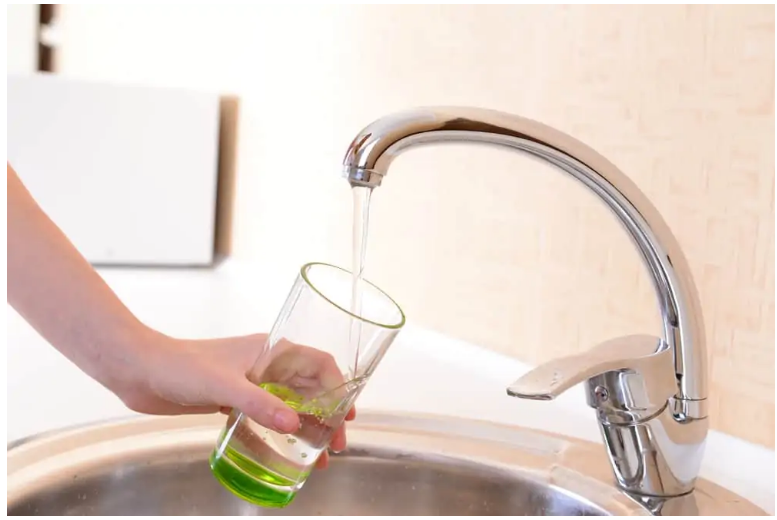Trusted Techniques for Managing Low Water Pressure in Your Home
Trusted Techniques for Managing Low Water Pressure in Your Home
Blog Article
How do you really feel on the subject of Low Water Pressure in the House??

Low water stress in your house can be an aggravating issue, impacting every little thing from showering to washing recipes. If you're experiencing weak water circulation, there are a number of feasible causes and solutions to discover. In this overview, we'll talk about usual reasons for low tide stress and sensible actions to resolve the problem effectively.
Introduction to Low Water Stress
Low tide stress occurs when the flow of water from your faucets, showers, and various other fixtures is weaker than normal. This can make everyday tasks extra challenging and less effective. Comprehending the causes of low water stress is important to finding the ideal solution.
Common Root Causes Of Low Water Stress
Faulty Pressure Regulators
Stress regulatory authorities are accountable for keeping constant water pressure in your home. If they malfunction, it can lead to low water pressure or irregular flow throughout the house.
Community Water Issues
Sometimes, the trouble lies outside your home. Metropolitan water system issues, such as main line leaks or maintenance work, can momentarily decrease water pressure in your area.
Pipe Obstructions
With time, pipes can become blocked with mineral deposits, sediment, or debris, restricting the flow of water. This is a common issue in older homes with galvanized steel pipelines.
Corrosion
Corrosion within pipelines can bring about leakages and lowered water pressure. Corrosion accumulation can restrict water circulation, especially in aging plumbing systems.
How to Diagnose Low Tide Pressure
Evaluating Pipelines
Inspect noticeable pipelines for indicators of leakages, deterioration, or clogs. Focus on any type of unusual sounds, such as knocking or rattling pipelines, which might show problems within the plumbing system.
Consulting with a Plumber
If you're unable to identify the cause of low tide stress, think about hiring an expert plumber to carry out a detailed assessment. They can recognize underlying issues and recommend ideal options.
Checking Faucets and Components
Start by examining the water pressure at various faucets and components throughout your home. If the problem is isolated to specific locations, it may suggest localized issues.
DIY Solutions to Deal With Low Tide Stress
Flushing Hot Water Heater
Debris build-up in the water heater can limit circulation and minimize effectiveness. Purging the container periodically aids eliminate sediment and preserve optimal efficiency.
Checking Pressure Regulatory Authority
Guarantee that the pressure regulator is working properly. Changing or replacing the regulatory authority can aid recover appropriate water pressure throughout your home.
Cleaning Aerators and Showerheads
Natural resources can gather in aerators and showerheads, reducing water flow. Get rid of and clean up these parts regularly to boost water stress.
Cleaning Clogs in Pipes
For minor clogs, try making use of a plumbing snake or chemical drain cleaner to clear obstructions in pipelines. Beware when using chemicals and follow safety guidelines.
When to Call an Expert Plumber
If DIY efforts fall short to resolve the problem or if you believe substantial plumbing problems, it's ideal to look for aid from a certified plumber. They have the know-how and tools to attend to complicated issues securely and effectively.
Preventive Measures to Keep Water Stress
Mounting a Pressure Booster
Take into consideration setting up a stress booster pump to boost water pressure in locations with regularly reduced circulation. This can be specifically useful for multi-story homes or buildings with high-demand components.
Monitoring Water Usage
Be mindful of water usage routines and prevent overtaxing the plumbing system. Easy changes, such as shocking showers and washing lots, can assist keep sufficient water pressure.
Normal Upkeep
Schedule regular upkeep for your plumbing system to stop problems such as rust, leaks, and clogs. Attending to minor troubles early can assist avoid even more substantial repair work later on.
Verdict
Taking care of low tide pressure can be frustrating, however determining the underlying reasons and applying proper options can bring back optimal flow throughout your home. Whether it's cleansing aerators, checking pipes, or consulting with a plumber, taking positive actions can make certain a stable supply of water for your everyday demands.
FOUR WAYS TO FIX LOW WATER PRESSURE NOW
Turning on a shower or faucet only to find the water comes out in a sad, slow drizzle is never a good feeling. How exactly are you supposed to wash a pan or take a quick shower when it takes 10 minutes just to rinse off a little soap? The good news is that when your water pressure is bad, there's always a cause: typically one that can be easily fixed. Here are some of the most common causes of low pressure and what you can do to fix the issue:
DEBRIS AND MINERAL DEPOSIT BUILDUPS
If you notice low water pressure from just one or two of the fixtures in your house, the problem likely has to do with debris buildup. Water is full of minerals and other debris, all of which can accumulate in your pipes and on your fixtures. This can cause a blockage that affects how much water flows through. To fix this, try filling a small plastic bag with white vinegar, and use a rubber band to hang it around your showerhead or faucet. Let the head of the fixture soak for a few hours, and the vinegar should loosen the deposits.
WATER LEAKS
Leaks are another common cause of low water pressure. If water is flowing out of your plumbing through a hole or crack before it can reach your fixture, the pressure coming out of the faucet or showerhead will be lower. A plumbing professional is your best bet for finding and repairing a leak in your water supply pipes.
Leaks are another common cause of low water pressure. If water is flowing out of your plumbing through a hole or crack before it can reach your fixture, the pressure coming out of the faucet or showerhead will be lower. A plumbing professional is your best bet for finding and repairing a leak in your water supply pipes.
A VALVE ISSUE
If you have low water pressure throughout your home, check your main shut-off valve to make sure it's completely open. You may also want to see if there's a pressure-reducing valve installed. If there is, have a plumber help you adjust the settings to get the pressure you're looking for.
OTHERS USING WATER
Believe it or not, your low water pressure could be caused by your neighbors. If you notice low pressure at certain times of day, it may be because you and the people living next to you have similar schedules - when everyone is showering at the same time, the pressure will be lower in every home. Low pressure throughout the neighborhood may also be caused by an issue with your municipal water supply. If that's the case, call the supplier to see if they're working on the issue.
https://www.rotorooter.com/blog/water-leaking/low-water-pressure-fixes/

I recently found that content on Dealing with Low Water Pressure in Your Home while browsing on the search engines. So long as you enjoyed our article plz don't forget to pass it around. Many thanks for being here. Please pay a visit to our website back soon.
Website Report this page